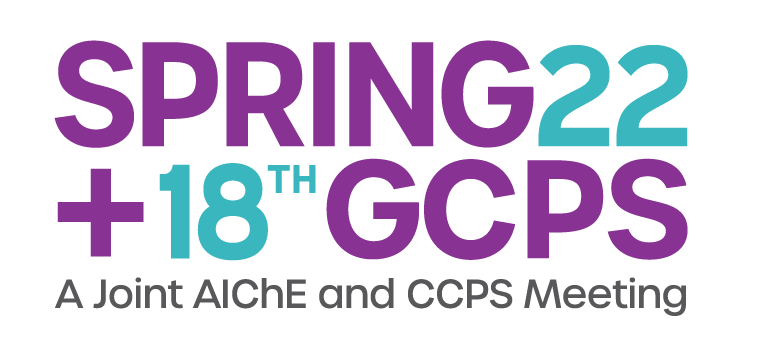

According to the state of the art technology mineral iron ore has to be upgraded by sintering before it can be fed to the blast furncace. In the sintering step iron carbonate (e.g. 3t of ore with an iron content of 33 wt%) is converted to hematite (e.g. 0.45 t Fe2O3) in oxidizing atmosphere plus 1.18 t of carbon dioxide related to one metric ton of pig iron. With CO2 emissions from the blast furnace process the specific CO2 load is about 2.2 t of CO2 per metric ton of pig iron (or 1.9 t of CO2/t pig iron when related to the FeCO3 content of the ore). When alternatively mineral iron ore is processed in reducing atmosphere to form elemental iron instead of hematite (FeCO3 + H2 =Fe + CO2 + H2O) carbon dioxide emissions could be cut by 50% (except the energy demand for the smelter).
Therefore, direct reduction of FeCO3 with hydrogen was investigated. With pure hydrogen from electrolysis complete conversion of FeCO3 is obtained, arising the question, wether lean reducing gas (e.g. coker gas) might do the job as well.
The effect of the hydrogen quality and the impact of matrix constituents in the hydrogen source, such as methane and carbon dioxide, on the direct reduction of mineral iron carbonate were therefore investigated. It was shown that with hydrogen concentrations as low as 55 vol% complete iron carbonate conversion is possible. Carbon dioxide in the feed gas (27‒63 vol%) favors magnetite formation. Methane in the feed gas (15‒80 vol%) has no negative impact on the composition of the reductively calcined product. These results suggest that even low grade hydrogen sources are viable options for direct iron carbonate reduction. However, carbon dioxide emission reduction is limited to 50 % compared to the state of the art process. Advanced carbon dioxide emission reduction does need process gas treatment by using it for energy storage (actually hydrogen storage).
Presenter(s)
Language
Pricing
Individuals
| AIChE Member Credits | 0.5 |
| AIChE Pro Members | $19.00 |
| AIChE Graduate Student Members | Free |
| AIChE Undergraduate Student Members | Free |
| RAPID Members | Free |
| AIChE Explorer Members | $29.00 |
| Non-Members | $29.00 |
